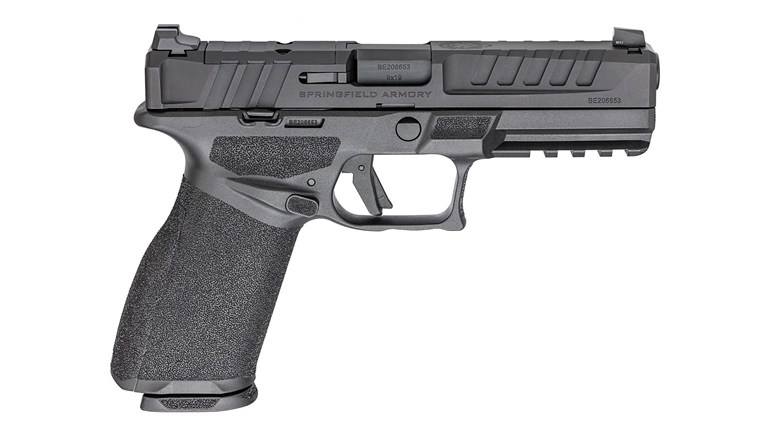
Carry rotation can be a contentious topic. While some believe you should only carry one gun all the time, others maintain that there are compelling reasons wherein changing might be necessary.
One reason is simply that gun companies annually introduce newer and better models, and who wouldn’t want to add a new carry gun to their collection now and then?
Another factor for many parts of the country is climate. The gun that you carry during an Oklahoma winter under a sports coat might not be the easiest to carry—or conceal—when summer temperatures hit triple digits and shorts and t-shirts are the preferred attire. And finally, the current economy figures into the equation. With runaway inflation on everything from gas to groceries being at all-time highs, many Americans have to work more than one job to make ends meet. The firearm one might carry during a day job in an office might not be appropriate for an evening waiter or waitress job.
Most firearms instructors agree that it’s best to pick one gun and stick with it; however, they recognize the real-world reality that not everyone is going to do that. In the cases where people choose to “rotate” their carry guns, they all agree that the carrier should be intimately familiar with every gun they plan to carry and should train regularly with each of the firearms.
But what, specifically, should you practice? Here are a couple of good drills for those who choose to carry a different gun now and then. These should be performed with each gun you plan to carry and each carry method you might use.
Dot Torture
The Dot Torture drill is a favorite of many instructors and shooters. One of the reasons is that it requires a person to run through several rounds, incorporating both gun manipulation and precision, with each firearm. It can really help you become familiar with your firearms. In a nutshell, it is shot at 3 yards and requires a combination of drawing, firing, addressing different targets and firing with both your strong and weak hand. By the end of the drill, you’ll have gone through a 50-round box of ammunition.
Printable targets are available online and state the requirement for each “dot.” Those doing the drill should hit the dot with each of the 50 shots, shooting at a pace that ensures they put each shot exactly where they want it.
A good variation of this drill for those practicing with a carry gun is to add some stress to the drill by incorporating a timing element. Set a reasonable par time for each dot sequence and shoot the drill running your shot timer. For the dots that you hit every shot, lower the par time the next time you do the drill. For those with misses, try again or raise the par time a little. Remember that, while time is important, precision is key.
Compromised Positions
One notable instructor who does rotate his carry firearms described to me a training tactic that can help shooters become more proficient with different carry methods, which is often a key component of a carry rotation. While not an official “drill,” it can help shooters by putting them in different positions that require different draw strokes with different carry methods.
For safety, these positional draws should be practiced and perfected with a confirmed unloaded gun before ever heading to a hot range. Take your time and ensure you observe all safety rules throughout.
This drill assumes you’ve practiced the normal draw stroke from the holster many times. Once you have a deep level of familiarity with the draw stroke, add in complexity:
• For pocket-holster carry, draw and present your gun while lying on your hip.
• For ankle carry, draw and present your gun while moving to distant cover.
• For appendix carry, draw and present your gun while sitting and lying on your belly.
• For in-the-waistband (at the 2 or 4 o’clock position for right-handers or reversed for lefties), draw and present your gun while sitting in your armchair.
If you carry using another method, practice as many variations on the draw as you can to gain a level of familiarity that will ensure success under pressure.
If you plan to carry a different firearm from time to time, it’s your responsibility to ensure you can handle it safely and shoot it accurately.

































